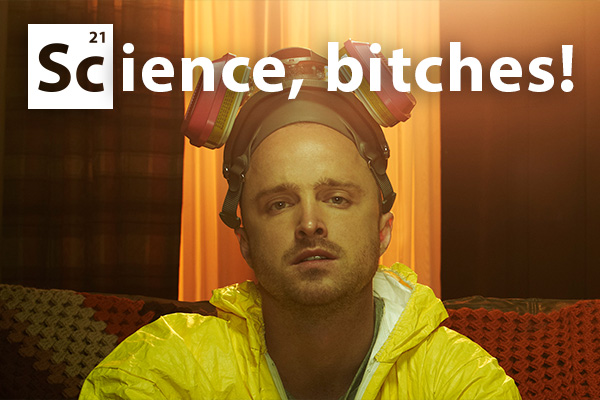Science, Bitches! | Issue 02
Feeling sleepy?
The key thing about power naps is that they’re less than 30 minutes long. As you may have experienced from dozing off briefly in lectures, they can benefit your alertness, creativity and memory. Even just six minutes can do the trick! But be careful; sleeping too long can lead to sleep inertia – also known as alarm-clock blues. Sleep inertia is that grogginess that makes you hit that snooze button in the morning and causes disorientation after a too-long nap. There are still benefits to memory and focus with longer naps, but it takes over half an hour for the sleep inertia to wear off, and you run the risk of interfering with your ability to sleep at night. The key to a successful power nap is waking up in the right stage of sleep.
There are four stages of sleep. The first three are called the NREM (non-rapid eye movement) stages. NREM stage one is the lightest, and you may not even realise you have been asleep! When you jerk awake from this stage you can experience a falling sensation, like you have tripped. These are called hypnic jerks and you are more likely to experience them the less consistent your sleep schedule is. NREM stage two is a bit deeper, and by NREM stage three you are officially in a deep sleep.
Finally, there is REM (rapid eye movement) sleep, so-called because your eyes will move around quickly and randomly. Fun fact: the band R.E.M. was named after this phenomenon when the acronym was randomly picked from a dictionary. REM is also the stage when you are the hardest to wake and when most of your dreams take place. While the role of REM sleep, as with NREM sleep, is not yet completely understood, if you deprive yourself of REM sleep your body will try harder to get it. It does this by entering REM sleep more quickly and spending more time in this stage than it normally would.
During the night, a person will cycle between the stages, in the above order. The power nap trick is that when you take a short nap, you wake up in one of the first two stages and avoid the sleep inertia associated with waking during a deeper sleep. Now, instead of feeling like you would like nothing more than to continue sleeping, you should feel more awake and have more motivation to write that essay or lab report you have been putting off. Awesome! Like the good scientists you are, you should experiment to find what length of power nap you prefer. This is usually between 10 and 20 minutes.
If you want to be really efficient about your napping, give caffeine naps a go! Do try this at home; drink your caffeinated beverage of choice and immediately fall asleep. You should plan to wake up when the caffeine is starting to kick in. For coffee, this usually takes less than half an hour. It has been suggested that these caffeine naps might be even more effective than regular power naps for increasing your alertness when you need it the most.
Eventually, you will probably need a good night’s sleep. But in the meantime, if you are caught sleeping in the library, just say you are doing it because of science, bitches!



